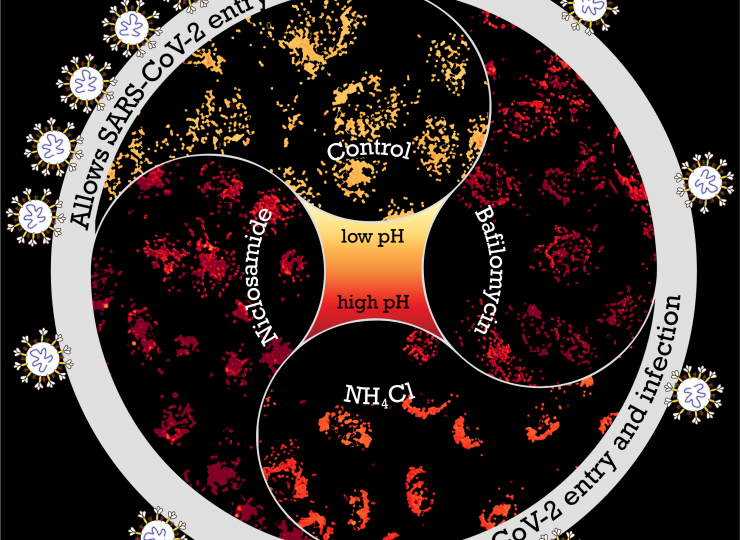A team of scientists have discovered the genetic cause of the odd coat colouration and patterning in Similipal’s black tigers. Headed by Uma Ramakrishnan and her student Vinay Sagar from the National Centre for Biological Sciences (NCBS), Bangalore, the team have found that a single mutation in the gene Transmembrane Aminopeptidase Q (Taqpep) causes the black tigers to develop stripes that seem to have broadened or spread into the tawny background. Genetic analyses of other tiger populations from India and computer simulations suggest that the Similipal black tigers may have arisen from a very small founding population of tigers and are inbred. Similipal tigers are an isolated population in eastern India, and gene flow between them and other tiger populations is very restricted. This has important implications for tiger conservation as such isolated and inbred populations are prone to extinction over even short periods of time.













